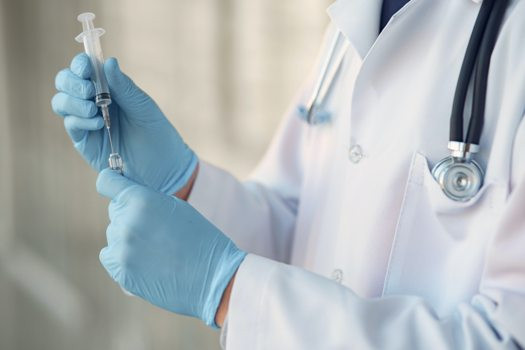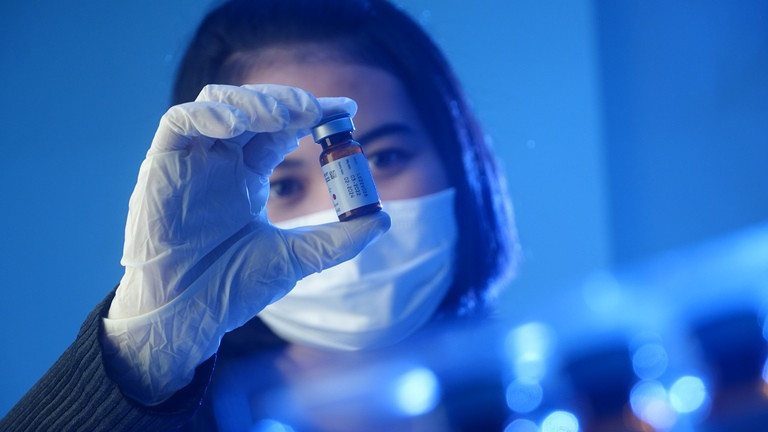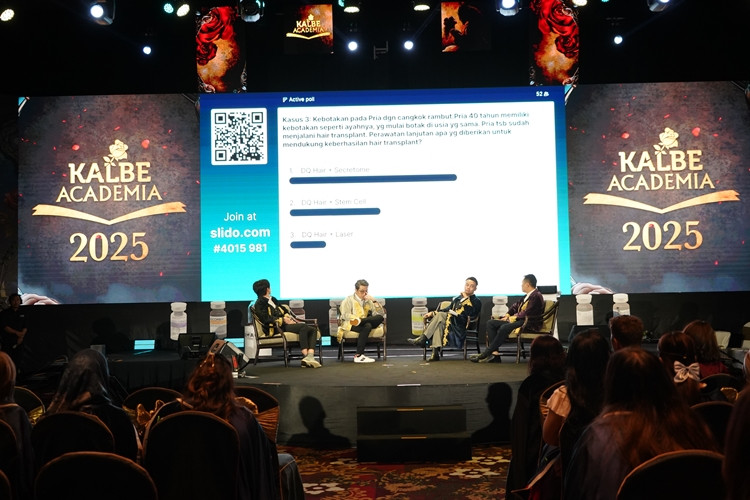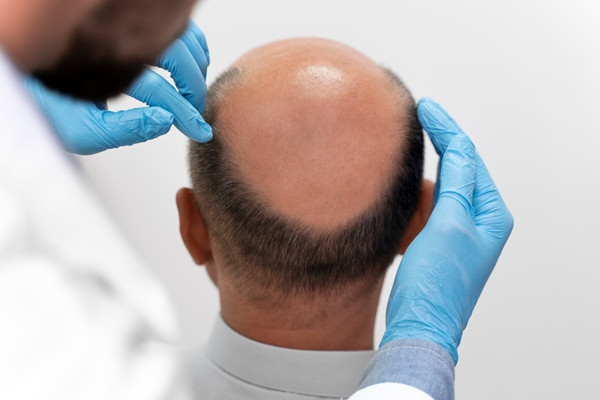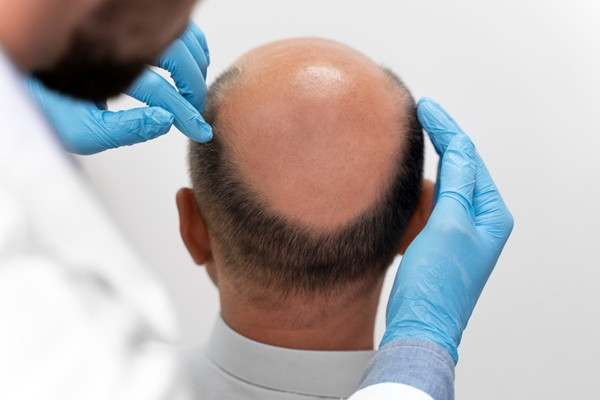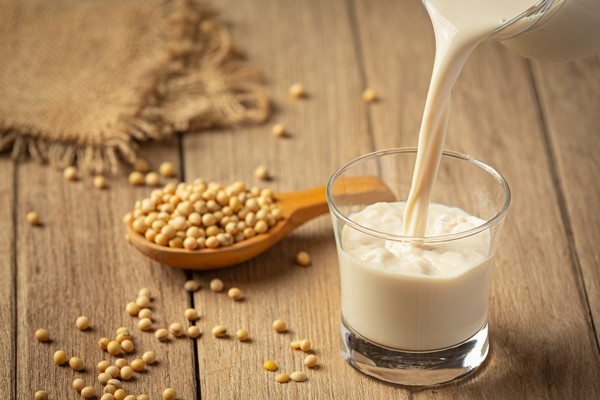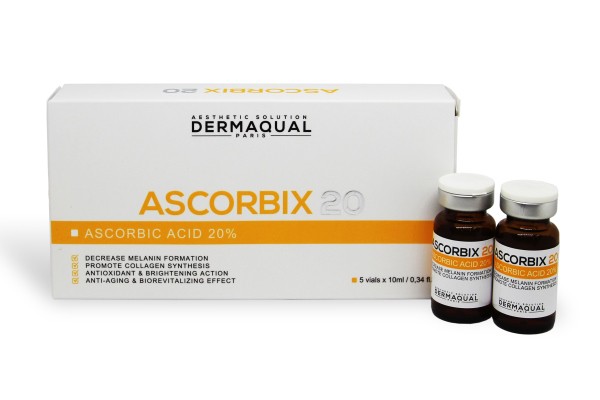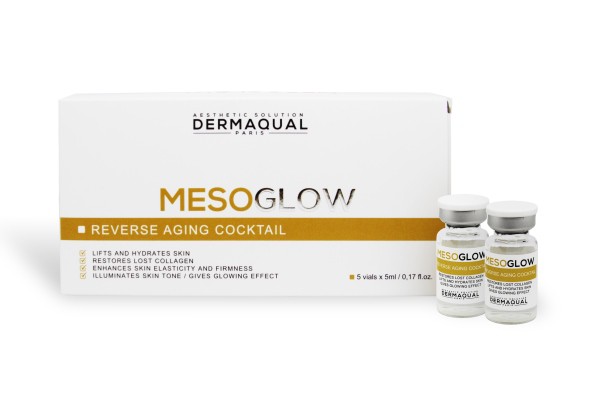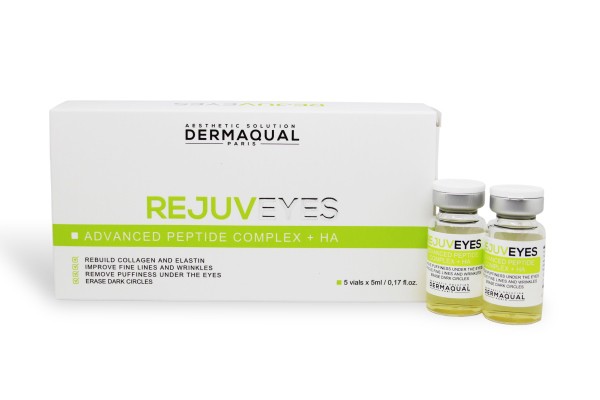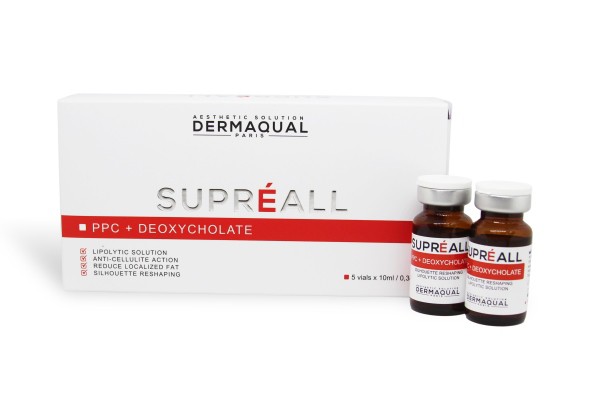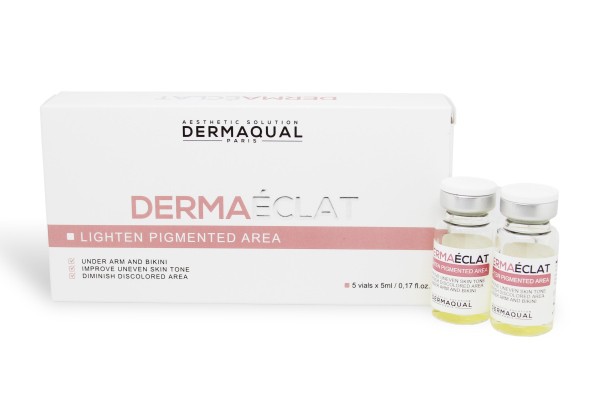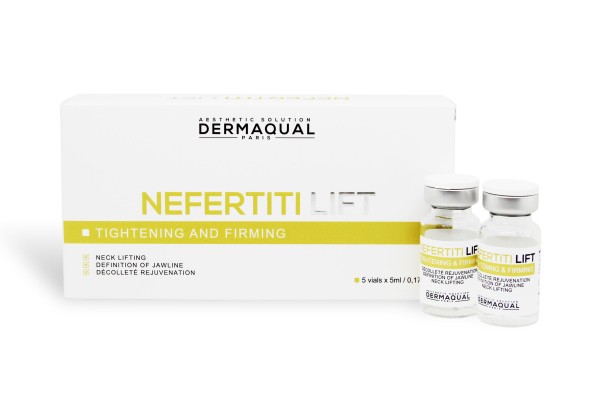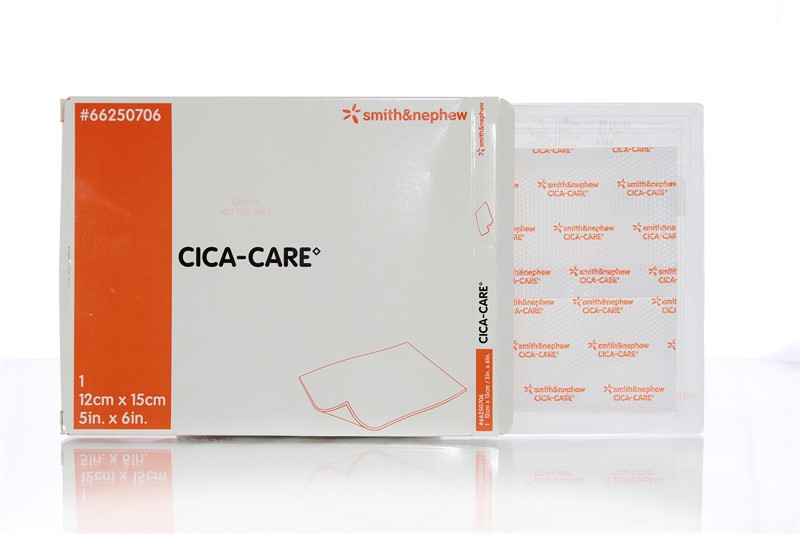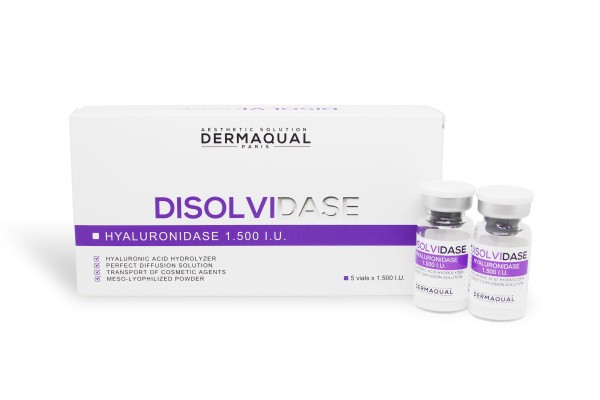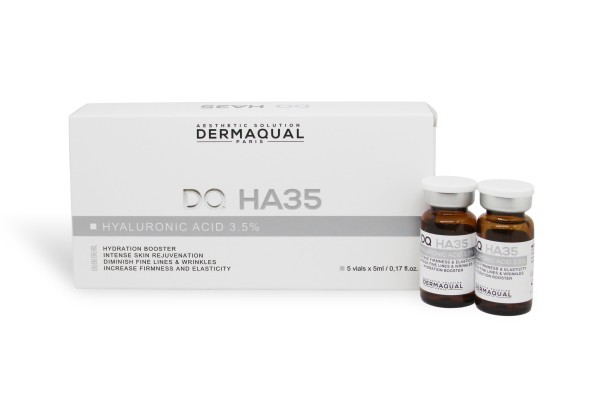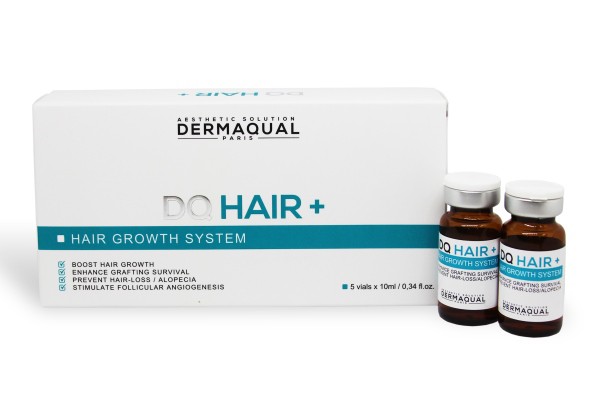
Scars and burns, resulting from traumatic injuries, surgical procedures or accidents, represent a significant challenge in the field of dermatology and wound care. These conditions not only affect physical appearance but can also have a profound impact on self-confidence, emotional well-being and quality of life.
Among the emerging therapies, polynucleotide formulations derived from salmon DNA have become an option for the management of scars and burns. These polynucleotides function through regenerative mechanisms, including stimulation of tissue repair, modulation of inflammation, and enhancement of collagen synthesis.
Case 1: Post-traumatic Facial Scars
A Ukrainian woman, aged 60, presented with complaints of a significant post-traumatic scar on the left cheek, which had persisted for 2 months. The treatment protocol involved two sessions of Rejuran S, with a three-week gap between each session. Each session used 2 cc of Rejuran S. After the second session was completed, there was significant improvement in the appearance of the scar. There was a reduction in textural irregularities as well as discoloration. Overall, the skin quality was also improved.
Case 2: Post-surgical Breast Scars
A Ukrainian woman, aged 40, sought treatment for a breast scar that appeared 6 months after a surgical procedure, which had lasted for 4 months. The scar, located on the underside of the breast, showed a noticeable change in texture as well as significant discoloration. The patient underwent Rejuran S therapy, which consisted of a series of sessions with a three-week break between each session. Each session utilized 2 cc of Rejuran S. After 2 months of therapy, there was significant improvement in the appearance and texture of the scar.
Case 3: Post-traumatic Scars in a Young Patient
A Ukrainian girl, aged 14, presented with a post-traumatic scar that required intervention. The scar lasted for 2 months, resulting from an accidental injury, treated with Rejuran S therapy in three sessions, with a 3-week gap between each session. One month after the completion of the intensive course of treatment with Rejuran Healer, there was a significant improvement in the healing of the scar as well as the overall skin condition. The patient showed marked improvement in scar reduction and improvement in skin texture.
Case 4: Traumatic Facial Scar due to Explosion
A female patient presented with a traumatic facial scar from an explosion that had persisted for 1 month. This scar required a multidisciplinary approach involving various therapies to achieve optimal results. The treatment regimen included ten PRP sessions, six sessions of Rejuran S (6cc) administered every two weeks, and Incobotulinum Toxin A injections (100 units) administered every two months. This comprehensive approach resulted in significant scar reduction as well as improved skin rejuvenation.
Case 5: Iatrogenic Facial Scar due to Microneedle Radiofrequency
A woman, aged 47 years, developed iatrogenic facial scars after undergoing a microneedle radiofrequency procedure. Treatment was initiated after three weeks, with a protocol that included two sessions of Rejuran S (2cc) administered two weeks apart, combined with Cross-linked HA to enhance regenerative effects and skin tissue repair. This combination of therapies resulted in a marked improvement in scar appearance as well as overall skin revitalization.
Case 6: Nose Injury from Dog Bite
A woman, aged 48, sought treatment to address scars resulting from a nose injury caused by a dog bite that occurred 2 months ago. The scar involved deep tissue damage as well as the risk of scarring. Treatment included three sessions of Rejuran S (3 cc), with a 3-week gap between each session, as well as Incobotulinum Toxin A injection (60 units) administered in 2 sessions as adjunctive therapy to aid in the tissue repair process and reduce tension on the scar. This treatment approach resulted in promising scar reduction as well as improved skin condition.
Conclusion:
Scars and burns are challenges in dermatology that can affect patient aesthetics and well-being. From these cases, polynucleotides have been shown to play a role in skin regeneration, improving texture and increasing hydration through stimulation of collagen synthesis and modulation of inflammation. These cases demonstrate the effectiveness of polynucleotides in improving various types of scars, including post-traumatic, post-surgical and those resulting from unwanted aesthetic procedures. Combinations with other therapies, such as PRP, HA, and Ivdncobotulinum Toxin A, have also been shown to provide optimal results. The right approach and personalized therapy can improve the success of scar and burn treatment.
Image: Ilustration
References:
Kim MJ, Wan J, Oksana L, Yuliia L, Chugay O, Platonova O, et al. Polynucleotide-based treatments for various facial scars including combat injuries. J Dermatol Treat. 2024 Dec 31;35(1):2426626.

